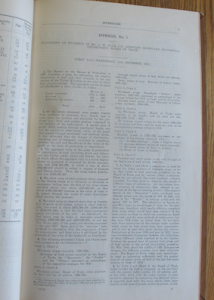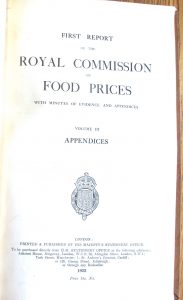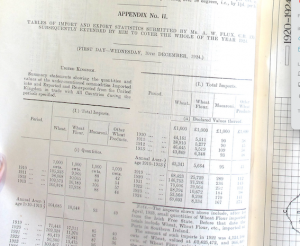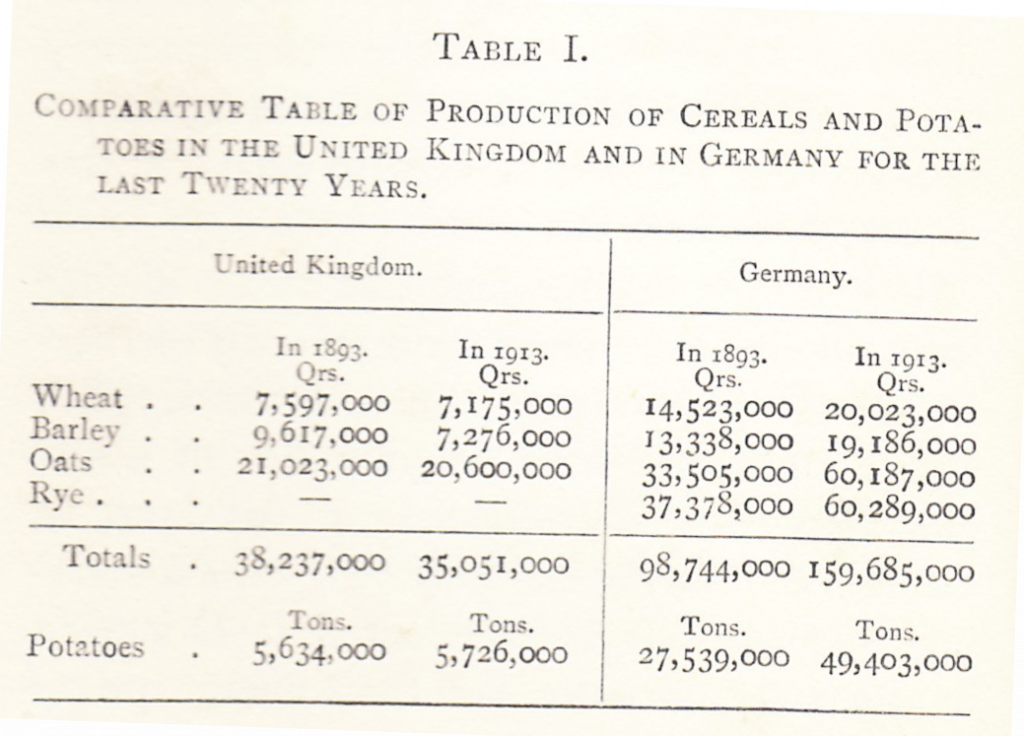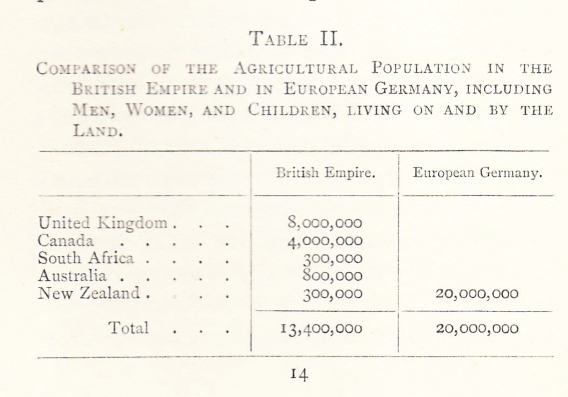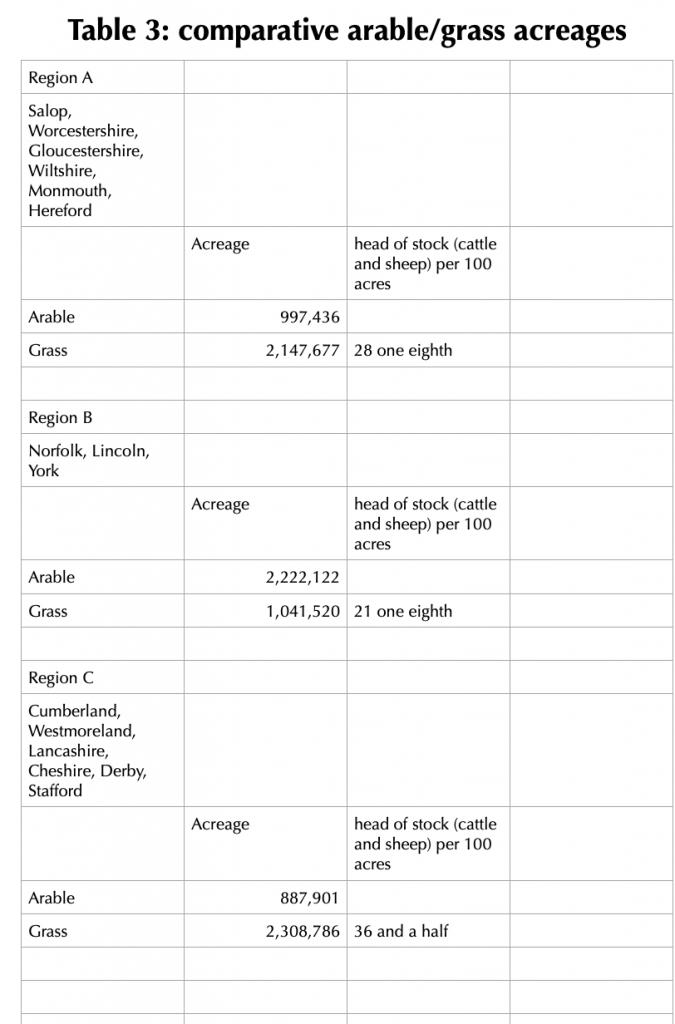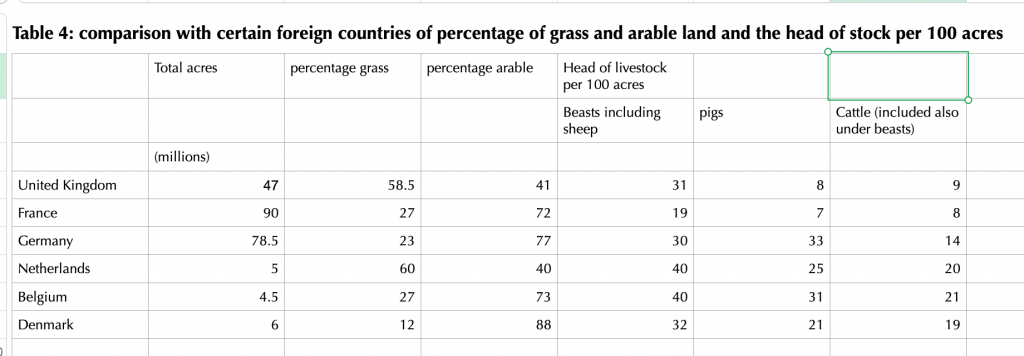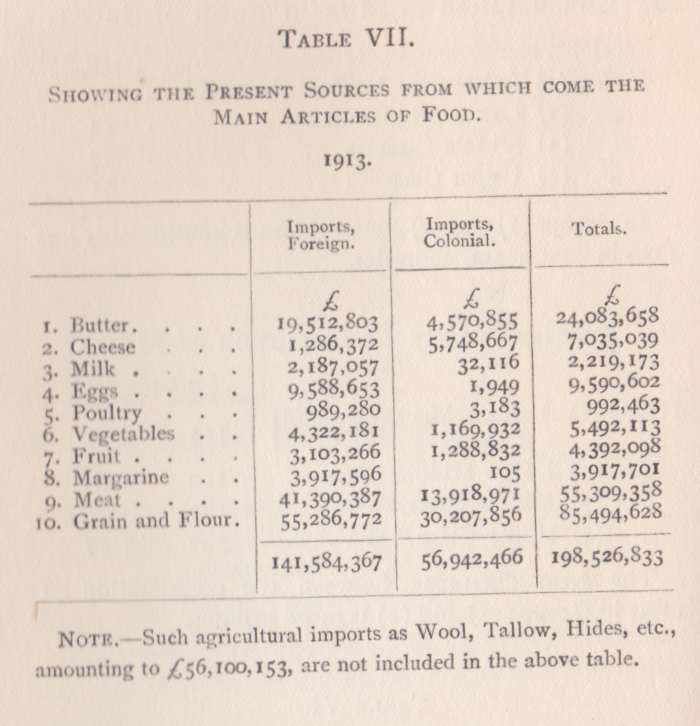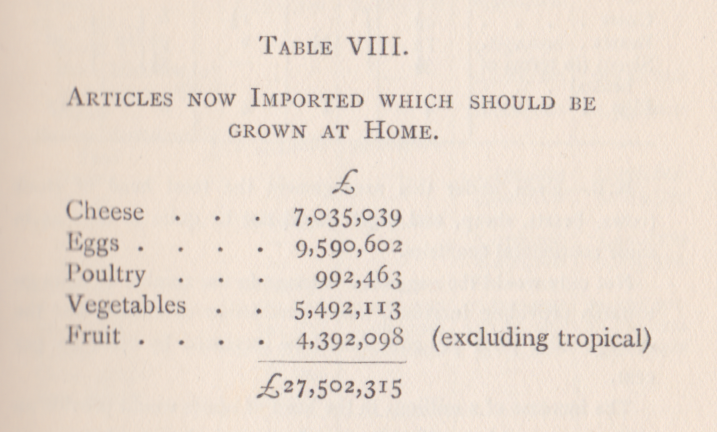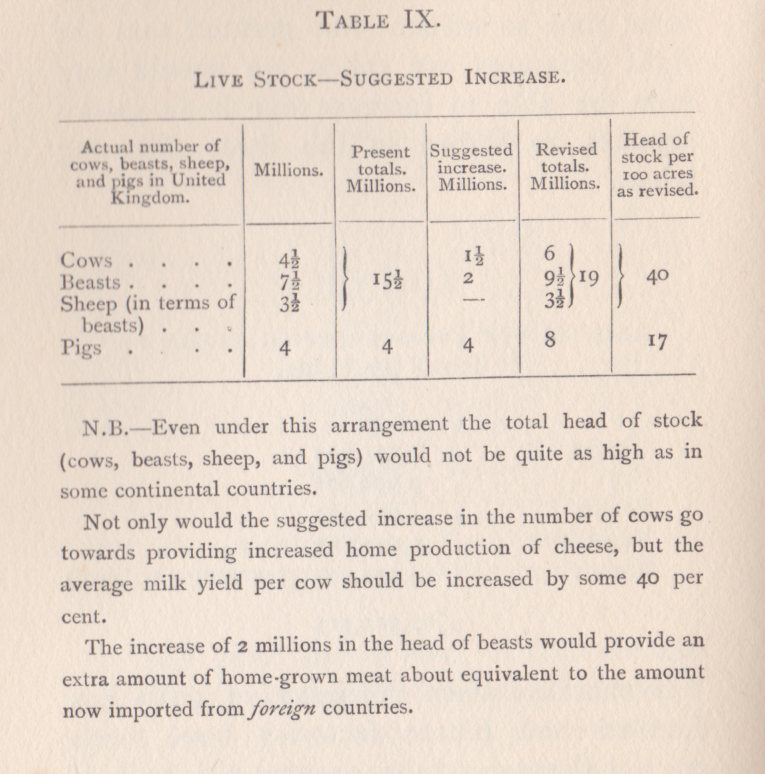The Linlithgow committee made it clear to anyone who would listen, that there was more to determining a margin than taking procurement costs away from the current asking price. At one level, this is a tenable position, since a simple rule of thumb would refer to the difference between cost price and selling price as the profit or margin. This discussion was taking place in the dawn of radio broadcasting and there was a steady stream of demands for prices and market data to be made available on the new service, which had yet to develop a full set of public service expectations. There is no way of knowing who exactly was keen to learn the latest market data, but it is likely that a high proportion would have had a professional interest in market movements. Linlithgow and his committee members were adamant that: “…a crude comparison of producers’ or wholesale and retail prices would convey little to the consumer…” The end user, paying the full and final price is unlikely to look much further than a crude comparison, price being only one single aspect of a more complex transaction.
The market variables that determine the range of prices asked for a product will reflect, at the very least, a product’s provenance, its grade, (including ripeness or shelf life), as well as the number of outlets or sources which can supply the required quantity on the required date. It is only fair to observe that price and time often form an unholy alliance that pushes prices up dramatically. A little knowledge is a dangerous thing, too. The more you know about something, the greater its value and interest becomes. Needless to say, a product can also change on its way to the end user: large primal cuts of meat would be unmanageable in a domestic kitchen and yet they would be a tad cheaper by weight, reflecting the work that will be carried out between a meat trader buying a side of beef and a retail butcher cutting up stewing steak, for instance. Two prices might not be comparable for a host of reasons. In many ways, money is an incredibly blunt instrument when trying to make intelligent distinctions. But Linlithgow would probably have settled for a crude measure of value when faced with some of the alternatives: “We understand, however, that the Ministry has under consideration a proposal to publish regularly comparative index numbers which will indicate the movement of wholesale or retail prices.”
—–
There is a persistent belief in some quarters that price is an objective measure. This is only tenable in a one-dimensional market, since transactions have multiple dimensions and consequences that last for years.
more follows later


